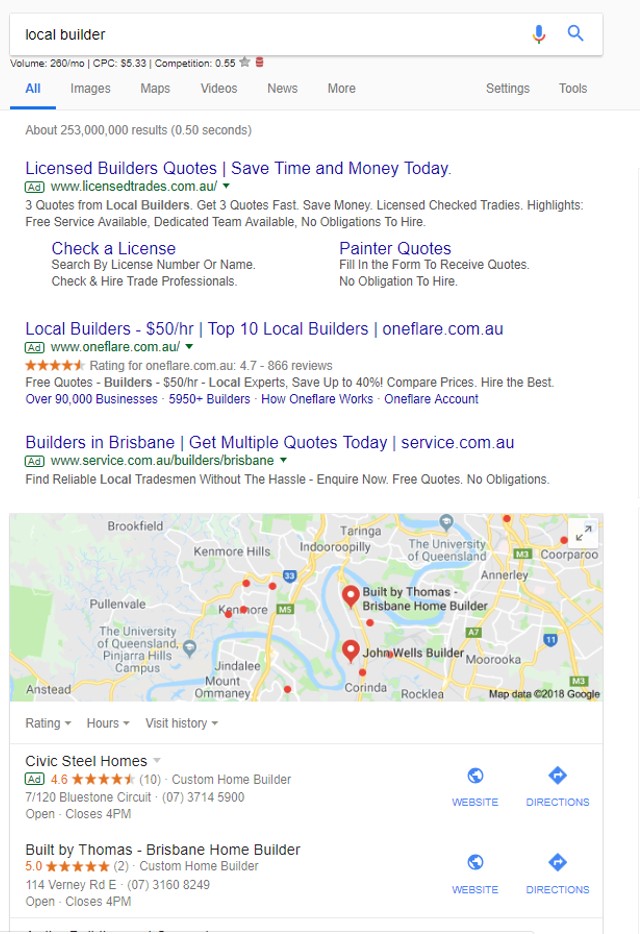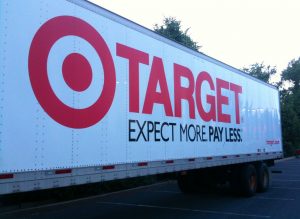There are two types of marketing strategies and both work fine, but they have a mindset that can prevent business growth if we’re too reliant on either one.
This post will discuss the two major types of marketing strategies, which …
- PASSIVE lead generation marketing strategies
- PROACTIVE lead generation marketing strategies
The first one – passive – is the most popular of the two in terms of the types of strategies used by the majority of businesses.
Proactive strategies aren’t often considered because they aren’t as common as passive ones, yet they can be far superior in some cases to passive ones.
Passive strategies are effective, but they generally don’t provide enough leads for a business to grow fast on their own, so proactive ones are often needed too.
Fast growth is defined as above 25% per year with 50% plus being super fast.
Did you know the majority of companies grow by around 10% per year? And that the goal of business mentoring is to go for a minimum 50% increase in Net Profit? That produces a fantastic ROI on the investment.
How much did your own company grow by last financial year?
Is there evidence you need to consider your own lead generation strategy types to grow your business faster?
What Are Examples of Passive Lead Generation Strategies
The definition of passive is: where you wait for prospects to seek you out as a business. They need to take deliberate action themselves to find your business.
An example is someone wanting a builder for a home improvement service they provide.
Typically they would go to their phone or computer (phones are more popular for searches), go to Google and type in a search related to builders, such as local builders.
Then they would click on a result, look at the website, then perhaps leave it to look at a few others and then decide which one to call to ask for a quote.
Can you see the challenge with the passive types of lead generation strategies?
First of all, you are completely reliant on the prospect being able to land on your website and to call you.
For a phrase “local builders” from a Brisbane search in Google, this was the result…

There are 260 searches (seen as the figure under the search box) for this phrase in the month in Australia.
The odds are extremely small for a building company to receive many phone calls for people who type in that phrase.
This page has some very interesting facts about PPC ads and organic searches in terms of visits to the website.
For example it states that 65% of people for buying keywords will click on the ads at the top. And people who click on a PPC ad are 50% more likely to buy something than organic visitors.
In the above search result, the person will see the 3 ads then the Map results of 3 businesses before the organic results.
There’s HUGE competition in this situation so the odds are against any builder relying on purely a passive strategy, especially just for ranking organically for traffic.

All strategies that are reliant on a person searching to find a business are PASSIVE strategies.
Yes they work, and often extremely well, however its a ‘price-shoppers’ paradise when they see so many businesses to contact in the one place.
Prospects will want to compare one business’ prices to another as they have a smorgasbord of options presented to them with so many other builders to choose from.
All Google related results are passive strategies and it means competition and price comparisons.
Other types of passive strategies are social media business and personal pages such as Facebook, Instagram, Pinterest and LinkedIn to name a few.
Any strategy where you prospect has to seek out your business is a passive strategy and the issue is that where they find your business this way, they can see your competitors too.
Examples of Proactive Lead Generation Strategies
Proactive strategies are ones where you put your business into their lives, wherever they are.
You are proactive about introducing your business to them and “interrupt” their day.
An example of this is radio advertising, where they are listened to the radio for music, not specifically to hear an ad for your business.
More examples of proactive strategies include…
- Letterbox flyers
- UMS (Unaddressed Mail Service) delivered through Australia Post
- Vehicle signage
- PPC ads on Facebook
- YouTube video ads
- Brochures in other shops somewhere related to your industry – e.g. a builder with brochures in a hardware store
- Roadside/billboard advertising
- Cinema advertising
- Cold calling/telemarketing
- Shopper docket ads
- Google Display Network ads
- Newspaper ads
- Direct mail letters
That’s some for food for thought.
How many are you using?
How many could you consider using?
While some of these are decades old, it doesn’t mean they don’t work. Recently clients said they still use letterbox flyers because they work.

To grow your business faster do you need to think more “outside the box” when it comes to your strategy choices?
Are you doing what everyone else does in your industry to promote their businesses?
Are you dealing with price shoppers and price comparisons on quotes?
How high is your conversion rate from leads to sales? Are competitors preventing you from having 50% conversion rates of all leads to sales?
The Benefits of Proactive Lead Generation Strategies
The benefits are huge!
For a start, when someone receives a letterbox flyer as an example, they only are receiving one from your industry on that day.
Single introductions to a business, using any of the above strategies, generally pick up phone calls from people who aren’t ‘shopping around’ so you tend to reduce the price comparison aspect significantly!
Because you placing the thought of using your service in their mind, they slowly checking out what you can offer with more thought, as against ‘being on a mission’ to get 3 quotes to compare prices.
What that benefit is is seen in the facts of conversion rates from leads to sales.
From decades of measuring lead to sale conversion rates, by every lead source, in over 1,000 businesses, it is obvious that proactive lead generation strategies generate much higher conversion rates.
A business such as a trade business may have a lead to sale conversion rate of 30% on new leads from say Google organic or PPC ads.
When a proactive lead generation strategy is measured for the same business the conversion rates are often 40% or 50% when pricing exactly the same work types.
The difference is enormous in terms of time saving. Instead of working 70% of time quoting people with a 30% conversion rate, it means the business is only wasting 50% of its time.
Consider whether you can do more proactive strategies for your business.
The above are some of the strategies, but there are dozens more. Different businesses need different strategies.
It all comes down to one topic…
Who is your target market?

Where do they go in their life that you can present your business to them more proactively?
If they drive cars in traffic during the day, taxi back signs may be worthwhile.
The more you know about your target market interests, lifestyle, habits, hobbies etc. the better.
Here’s a story with a very good example of that, you may find valuable for your own business…
Years ago a prospect had a fly-fishing school and was asking what I knew about fly fishing, because he felt if I didn’t know anything about his industry I couldn’t help him with marketing for it.

I asked if fly fishing had something to do with putting flies on hooks and he said “No!”
As a result, he felt I couldn’t help him.
I replied, I don’t need to know all about your business to market it. I need to know the questions only, because questions lead to answers and learning.
I asked, “When do you do your fly fishing training”?
He replied, “Weekdays in work hours”.
I asked “what ages the people were who came?”
He replied, “40’s and 50’s.”
I asked, “Do they had white collar shirts on and nice pants?”
He replied “Yes”.
I asked, “Do they arrive driving late model white Holden and Ford sedans.
Again he replied “Yes, how did you know?”
I then said, “Your clients are white collar corporate executives because their clothes, car and times of seeing you all reflect that.
I then asked, “Do you know why else they drive large sedans?”
He replied with, “No idea”!
I said, “They play golf a lot, and Holden and Ford cars have large boots to put a set of golf clubs in”.

And since we know who your target market is, we now know where to advertise to them – on the small signs at each golf course hole near the tea off.
And you can also advertise in the golf magazine as they will read it, if we “position” your business as attractive to them.
This is an example demonstrating how important marketing success is with proactive lead generation strategies.
The higher the concentration of your target market, where you present your business to them, to interrupt their day – the better!
Want to have a chat about your own business to explore passive and proactive marketing strategies, or to just get some feedback on how well your website is optimised for visitors and for Google?
Find out more about our Website Optimisation or Lead Generation and Sales Conversion services.
Or you’re welcome to book in for a complementary 45 minute Business and Marketing Review meeting, which is obligation and cost free.
